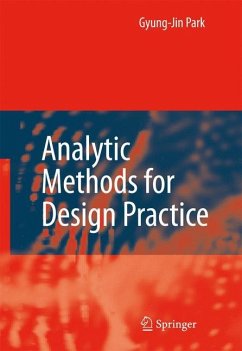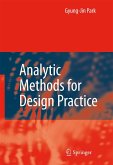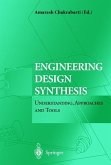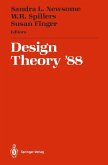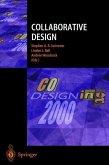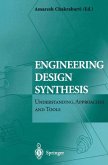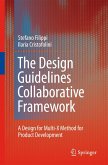In the competitive world of modern engineering, rigorous and definite design methodologies are needed. However, many parts of engineering design are performed in either an ad-hoc manner or based on the intuition of the engineer. This is the first book to look at both stages of the design process - conceptual design and detailed design - and detail design methodologies for every step of the design process. The following analytic design methodologies are introduced and their usefulness is explored with many mathematical and practical examples: Axiomatic design; Optimization; Design of experiments; Robust design; Structural optimization; Dynamic response optimization; and Multidisciplinary optimization. Case studies show how practical design problems can be solved with analytic design methods. Students will find this book an excellent introduction to the subject. The book's practical focus will interest practising engineers as a practical handbook of design.
From the reviews: "The purpose of the book was to collect together selected topics and to present them in a unified approach. To clarify the presentation, many illustrative examples and numerical results are demonstrated. The book is accessible to the novice and expert alike, and can be used by students, engineers and scientists working in aerospace, automotive, and mechanical and civil engineering." (Stefan Jendo, Zentralblatt MATH, Vol. 1114 (16), 2007) "The book ... gives a broad introduction to modern design theories, and demonstrates how mathematical methods can be applied to a wide range of real engineering design and optimization problems. ... The text is written in a very readable and teachable way ... . useful as a textbook in higher-level undergraduate and first-year graduate courses in engineering design and optimization, and other fields of applied science. The practical focus ... also make it useful as a design guide book to practicing engineers." (Niels Olhoff, Structural and Multidisciplinary Optimization, Vol. 38, 2009)

